Resources
Get Matched to the Right Builder
FIND THE PERFECT CUSTOM HOME BUILDER WITH OUR FREE ASSESSMENT
Tired of feeling overwhelmed? Look no further. We'll match you to the right builder in the Houston area and save you months of valuable time and money you'd spend trying to find one on your own. Click below to get started!
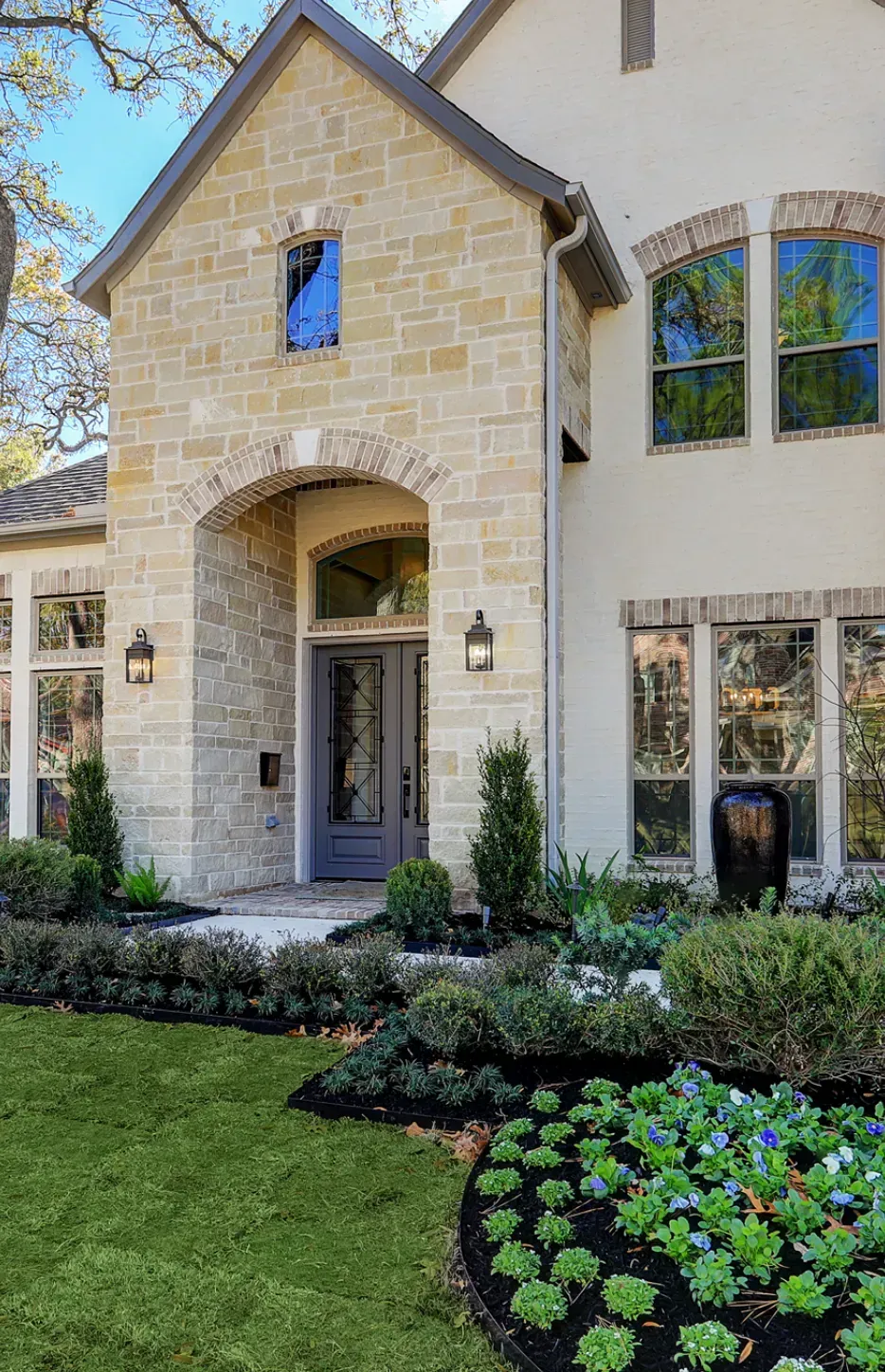
Download The Ultimate Custom Home Building Guide
A Step-by-step guide to building your custom dream home.
Download The Ultimate Custom Home Building Checklist
Finance

Finding Lot

Best Builder

Explore Our Gallery of Custom Homes
Browse our finished projects that display the craftsmanship of the builders we’ve matched with homeowners – turning dreams into reality.
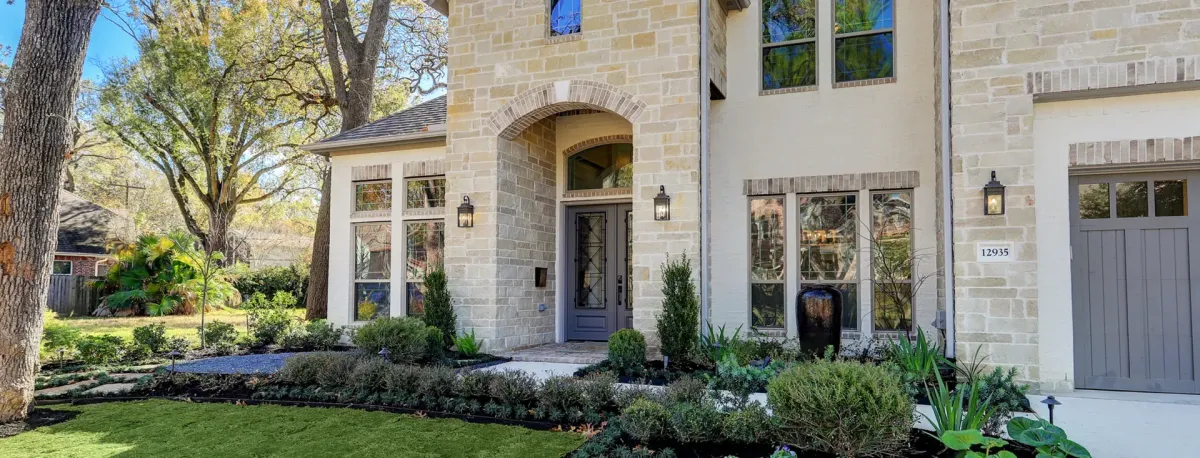
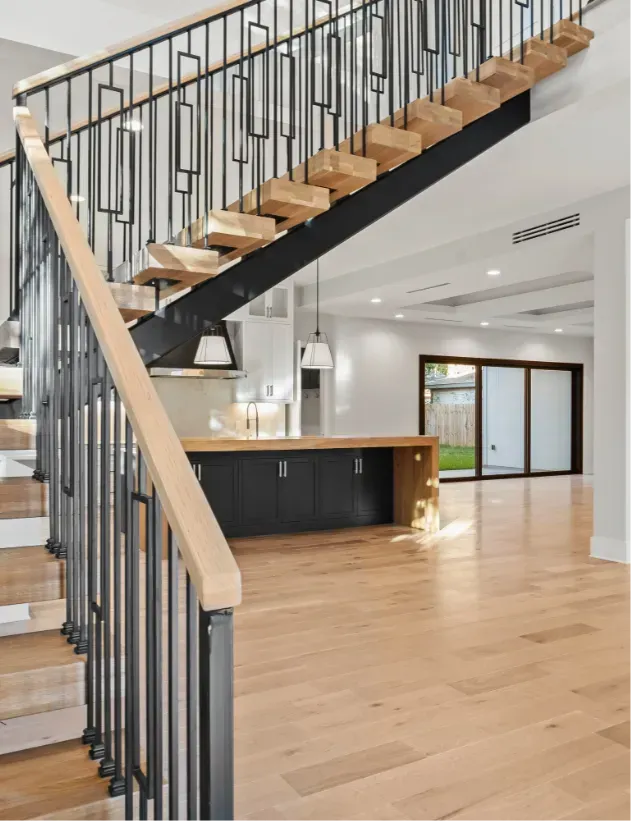

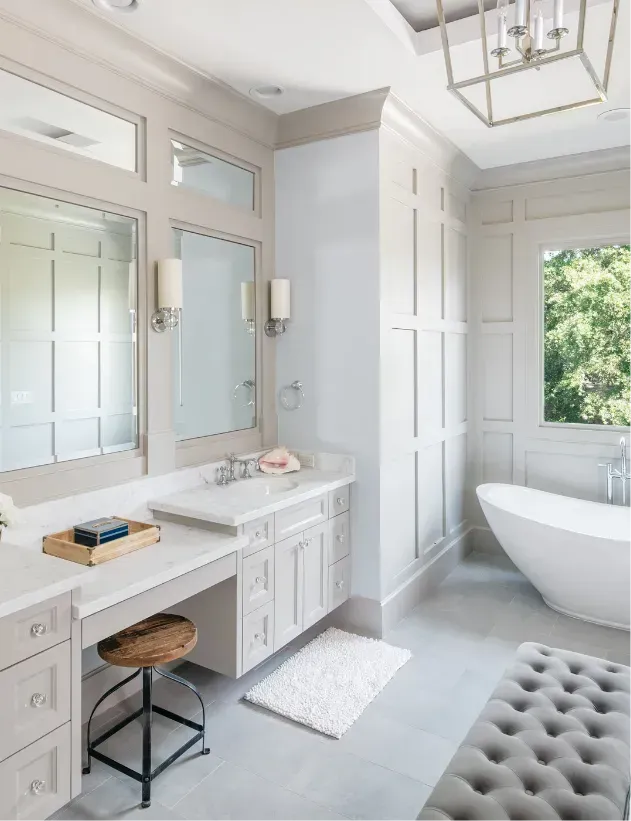

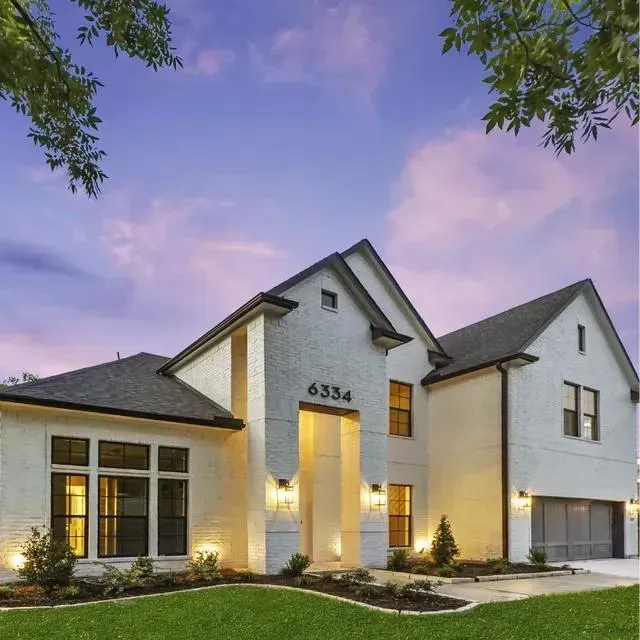
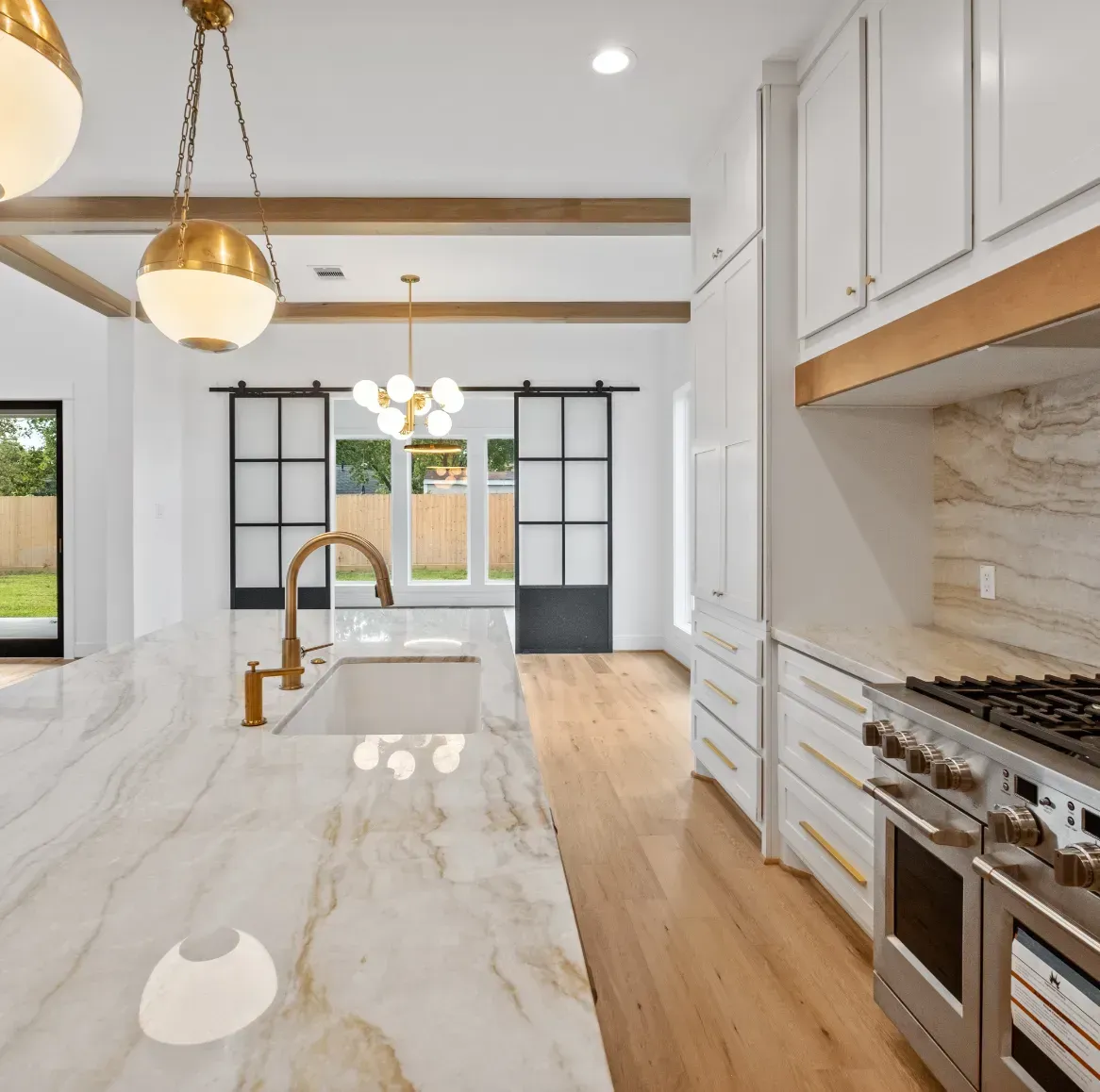
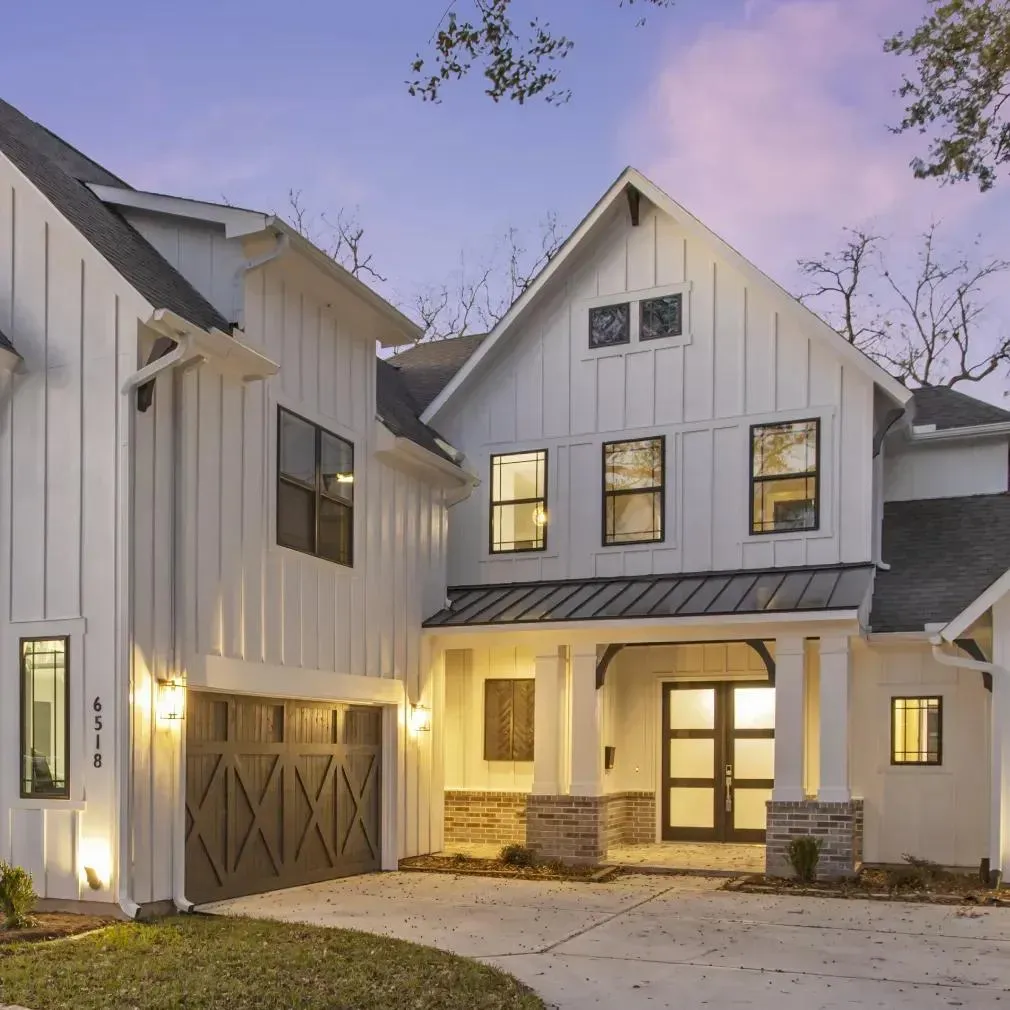

BLOG
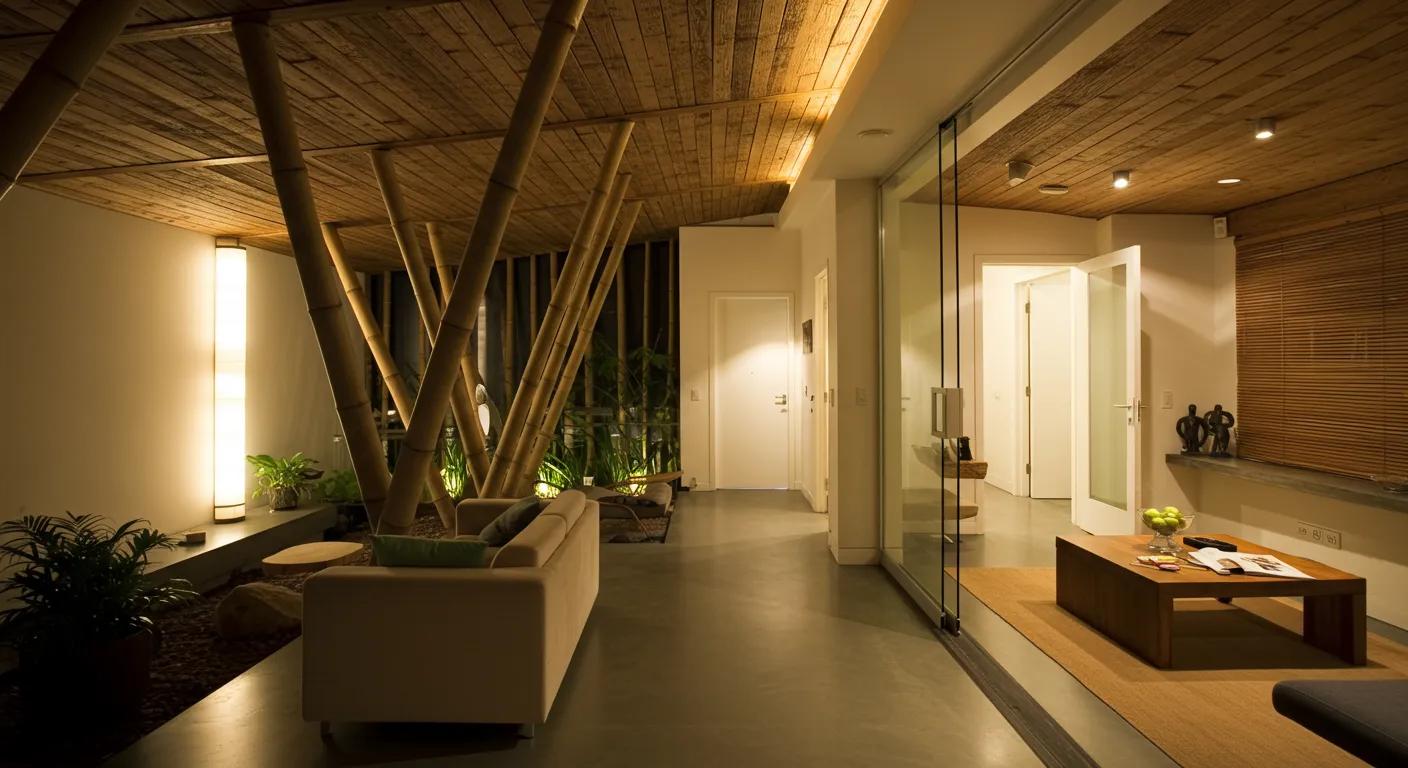
Why Eco-Friendly Materials Matter in Home Construction
As the demand for greener living grows, eco-friendly building materials are reshaping the future of sustainable home construction. These innovative materials not only minimize environmental impact but also enhance energy efficiency, indoor air quality, and overall well-being. From renewable resources and reclaimed wood to natural insulation and non-toxic finishes, today’s homeowners can access smarter, more responsible building options. By evaluating material lifecycles, certifications, and environmental footprints, builders can ensure lasting sustainability. With advancements in green technologies and increasing support through government incentives, eco-conscious construction is no longer a trend—it's the new standard.
Key Takeaways
Eco-friendly building materials reduce environmental impact while providing long-term energy and health benefits.
Renewable resources, reclaimed and natural materials are changing traditional home construction.
Careful assessment of material lifecycles and certifications ensures sustainable home building.
Innovations and government incentives drive the future of green construction practices.
Defining the Advantages of Eco-Friendly Home Building Materials

Eco-friendly home building materials shift traditional construction toward sustainability. They lower carbon emissions, improve energy performance, and create healthier indoor environments. In addition, their durability reduces maintenance costs and can increase property values. Choosing these materials benefits both the environment and modern homeowners’ needs for efficiency and value.
Lowering Environmental Impact Through Material Selection
Using eco-friendly materials reduces a home’s footprint by lowering greenhouse gas emissions and cutting energy use in manufacturing. Options like reclaimed lumber, recycled metals, and plant-based insulations help reduce deforestation and urban heat island effects. Buildings constructed with such materials may use up to 30% less energy overall.
Achieving Superior Energy Performance in Homes
These materials offer enhanced thermal mass and insulation, leading to better temperature regulation. Innovations such as smart glass and green roofs help reduce energy needs. High-performance windows with low-emission coatings and renewable insulations like hempcrete can save 20–40% on energy, ensuring both cost efficiency and indoor comfort.
Promoting Healthier Indoor Living Environments
Conventional building materials can release toxins that harm indoor air quality. Natural alternatives—for example, straw bales, reclaimed wood, and non-toxic adhesives—improve air quality and reduce risks of allergies and asthma. Their low chemical emissions also help meet LEED and WELL standards, supporting overall occupant health and mental well-being.
Ensuring Durability and Longevity With Sustainable Options
Eco-friendly options such as cork, bamboo, and engineered wood not only have low embodied energy but are also durable and resistant to wear, moisture, and pests. Bamboo, known for its strength and rapid renewability, provides a long-lasting resource that reduces life-cycle costs. These materials keep homes resilient and economically viable over the long term.
Increasing Property Value With Green Building Practices
Green building practices boost property value. Homebuyers now prioritize energy efficiency and sustainable design. Methods like timber framing with recycled content enhance market appeal, and government incentives often lower utility costs. Energy-efficient homes can be valued up to 10–15% higher than traditional ones, thereby offering both environmental and economic returns.
A Spectrum of Eco-Friendly Home Building Materials Available

A wide range of materials now supports sustainable construction. Options include renewable resources, reclaimed materials, and innovative composites that incorporate recycled content. These choices allow builders to meet design and environmental targets while maintaining aesthetics and structural integrity.
Utilizing Renewable Resources Like Bamboo and Cork
Bamboo and cork are key renewable resources. Bamboo grows rapidly and is often stronger than traditional hardwoods while having a low carbon footprint. Cork, harvested without harming trees, offers unique textures and design versatility. Both materials require less energy during production, contributing to lower greenhouse gas emissions over a building’s life.
Incorporating Reclaimed Wood and Recycled Metals
Reclaimed wood and recycled metals re-use existing resources to conserve natural assets. Reclaimed wood adds character and history while reducing the need for new timber, and recycled metals save energy compared to virgin extraction. Their use minimizes waste and the pressure on natural resources.
Building With Natural Materials Such as Straw Bales and Earth
Straw bales and earth have been used for centuries due to their excellent insulation and low environmental impact. Straw bales offer superior thermal insulation, while adobe bricks or rammed earth walls provide strong thermal mass to stabilize indoor temperatures. Both materials are often sourced locally, reducing transportation impacts and supporting local economies.
Exploring Innovative Composites and Recycled Content Products
Innovative composites integrate recycled materials such as plastics, fly ash, or glass to create high-performance products. Engineered wood products and fiber cement siding exemplify how recycled content can result in durable, maintenance-free materials that offer improved energy efficiency. Such composites support a circular economy model in construction.
Understanding Plant-Based Insulation Choices
Plant-based insulations—such as those made from wool, cellulose, or cotton—are effective alternatives to synthetic options. They offer excellent thermal resistance with lower embodied energy and improve indoor air quality by releasing fewer harmful chemicals. For example, cellulose insulation made from recycled paper enhances sound control and energy efficiency while being eco-friendly.
Guiding Your Eco-Friendly Materials Are Transforming Home Building Choices
Choosing eco-friendly materials requires understanding their lifecycles, cost implications, and supplier reliability. Evaluating materials from extraction through disposal helps balance initial investment with long-term benefits, ensuring higher-quality and more energy-efficient homes.
Assessing Material Lifecycles From Source to Disposal
Evaluating material lifecycles involves assessing environmental impacts from extraction through manufacturing to disposal. For instance, sustainably harvested timber has a lower carbon footprint and can be recycled or biodegraded at the end of its life. Such assessments reduce the overall ecological footprint and support the built environment’s resilience.
Balancing Cost Considerations With Long-Term Gains
While eco-friendly materials may have higher upfront costs, they offer long-term savings through improved energy efficiency and reduced maintenance. Investments in solar panels, efficient insulation, or reclaimed materials can lower utility bills and increase property values, making greener construction economically attractive over time.
Finding Reputable Suppliers of Green Building Products
Working with suppliers that have verifiable green certifications (such as LEED or BREEAM) ensures the quality and sustainability of materials. Local sourcing can further reduce transportation emissions and support community economies, adding overall value to the construction project.
Checking for Certifications and Eco-Labels
Certifications like Energy Star, FSC, and GREENGUARD indicate a material’s performance regarding energy efficiency, low toxicity, and responsible sourcing. These certifications help maintain project sustainability and protect both consumer investments and the environment.
Aligning Material Properties With Climate and Design Needs
Materials must suit both climate and design requirements. In regions with extreme temperatures, high thermal mass and insulation are essential. For instance, green roofs and plant-based insulations help cool hot areas naturally, while designs maximizing natural light and ventilation reduce energy needs.
The Broad Influence of Eco-Friendly Materials on Well-Being and Planet

Eco-friendly materials not only lower a building’s carbon footprint but also improve environmental quality and human well-being. Their use reduces air and water pollution, conserves natural resources, and supports designs that reconnect occupants with nature, contributing to broader sustainable development and climate change mitigation.
Reducing Carbon Footprints in Residential Construction
Utilizing locally sourced, renewable, or reclaimed materials significantly lowers energy use in manufacturing and transportation. Improved natural insulation further reduces reliance on energy-intensive heating and cooling, cutting carbon emissions by up to 30% compared to conventional methods.
Conserving Natural Resources for Future Generations
By minimizing new raw material extraction, eco-friendly materials help preserve finite natural resources. Practices that favor reclaimed wood, recycled metals, and renewable resources support a circular economy and reduce environmental stresses such as deforestation.
Improving Air and Water Quality Through Conscious Building
Eco-friendly building practices lower the release of harmful chemicals, improving indoor air quality and reducing water contamination from runoff. Low-VOC paints paired with natural insulations lead to safer, cleaner homes and healthier communities.
Creating Biophilic Designs That Connect With Nature
Biophilic design incorporates natural elements into architecture, which reduces stress and improves cognitive function. Materials like bamboo flooring, reclaimed wood accents, and green roofs create visual harmony and a strong connection with nature, benefiting both physical and mental well-being.
Supporting Local and Sustainable Sourcing
Purchasing locally produced eco-friendly materials lowers transportation emissions and supports local economies. Adhering to strict environmental standards ensures that these materials meet necessary performance criteria while reinforcing responsible consumption practices.
Addressing Practical Aspects of Using Eco-Friendly Home Building Materials

Practical challenges in using eco-friendly materials include adapting to building codes, finding skilled labor, and managing maintenance requirements. These factors demand careful planning and a commitment to environmentally responsible practices from project start to finish.
Navigating Building Codes and Regulations for Sustainable Materials
Builders must comply with regional codes that address performance, safety, and environmental impact. Many areas offer guidelines or incentives for green materials, and understanding these regulations is key to successful, compliant sustainable construction.
Finding Skilled Labor Familiar With Green Construction Techniques
The quality of green construction depends on skilled labor familiar with natural insulations, reclaimed wood, and innovative composites. Training programs and certifications help ensure workers can successfully install and maintain these unique materials.
Understanding Maintenance Requirements for Natural Materials
Eco-friendly materials typically require maintenance practices that differ from traditional options. For instance, reclaimed wood may need periodic treatment to resist moisture and pests, while plant-based insulations require monitoring for settling. Regular upkeep preserves both performance and the environmental benefits of these materials.
Comparing Initial Investment Against Lifetime Savings
Although eco-friendly materials can be more expensive upfront, their energy savings and lower maintenance expenses often result in overall cost reductions. Studies from green building research indicate that long-term savings of 15–20% are achievable, validating the financial viability of sustainable construction.
Integrating Eco-Friendly Home Building Materials in Renovations
Green materials are effective in both new builds and renovations. Upgrading existing structures with smart glass, reclaimed lumber, or plant-based insulation can improve energy efficiency, indoor air quality, and property value, while often qualifying for tax incentives or rebates.
Future Pathways for Eco-Friendly Materials in Home Construction
Advances in technology and increased consumer demand are driving innovation in eco-friendly materials. Government incentives and circular economy practices will further integrate green products into mainstream construction, reducing overall environmental impact while meeting modern performance standards.
Innovations Driving New Sustainable Material Development
New composites, bio-based polymers, and improved thermal insulation materials continue to emerge from technological advancements. Innovations like 3D-printed precast concrete and ultra-efficient glazing systems optimize resource use, reduce waste, and enhance the durability of construction materials.
Growing Consumer Demand Shaping the Building Industry
As homebuyers increasingly seek energy-efficient and sustainably designed properties, builders are encouraged to incorporate green certifications and eco-friendly materials. This shift not only adds market value but also underpins long-term economic and environmental benefits.
Government Incentives Promoting Green Building Adoption
Government incentives—including tax credits, rebates, and grants—lower financial barriers for sustainable construction. Clear regulatory frameworks, such as LEED and BREEAM certifications, further encourage builders to pursue higher environmental standards.
The Role of Technology in Optimizing Material Use
Digital tools like building information modeling (BIM) and sensor technologies allow precise calculation of material needs, efficient waste reduction, and real-time monitoring of a building’s performance. Such innovations help integrate green materials more effectively in both new construction and renovations.
Advancing Circular Economy Principles in Construction
Circular economy practices promote the reuse, recycling, and repurposing of building materials. Designing structures for disassembly ensures that materials at the end of a building’s life become resources for new projects, reducing overall waste and environmental impact.
Final Thoughts
Eco-friendly home building materials are transforming construction by reducing energy consumption, improving indoor health, and lowering environmental impacts. The use of renewable resources, reclaimed products, and advanced composites contributes to more sustainable new builds and renovations. As technology, consumer demand, and government support converge, the building industry is set to embrace innovative and environmentally responsible practices—benefiting both the economy and our planet.
Frequently Asked Questions
Q: How do eco-friendly materials improve energy performance in homes?
A: They offer superior insulation and thermal mass, which reduce heat loss and lower energy consumption for heating and cooling.
Q: What are some examples of renewable resources used in construction?
A: Examples include bamboo, cork, and other rapidly renewable materials that minimize environmental impact and support sustainable design.
Q: Why is lifecycle assessment important for eco-friendly materials?
A: It evaluates the environmental impact from raw material extraction to disposal, ensuring choices that reduce carbon emissions.
Q: How can eco-friendly materials increase property value?
A: Energy efficiency, health benefits, and green certifications often lead to higher market appeal and long-term savings.
Q: What role do government incentives play in green construction?
A: Incentives like tax credits and rebates reduce costs, encourage sustainable practices, and support the overall adoption of eco-friendly building materials.
Contact Us Today To Learn More
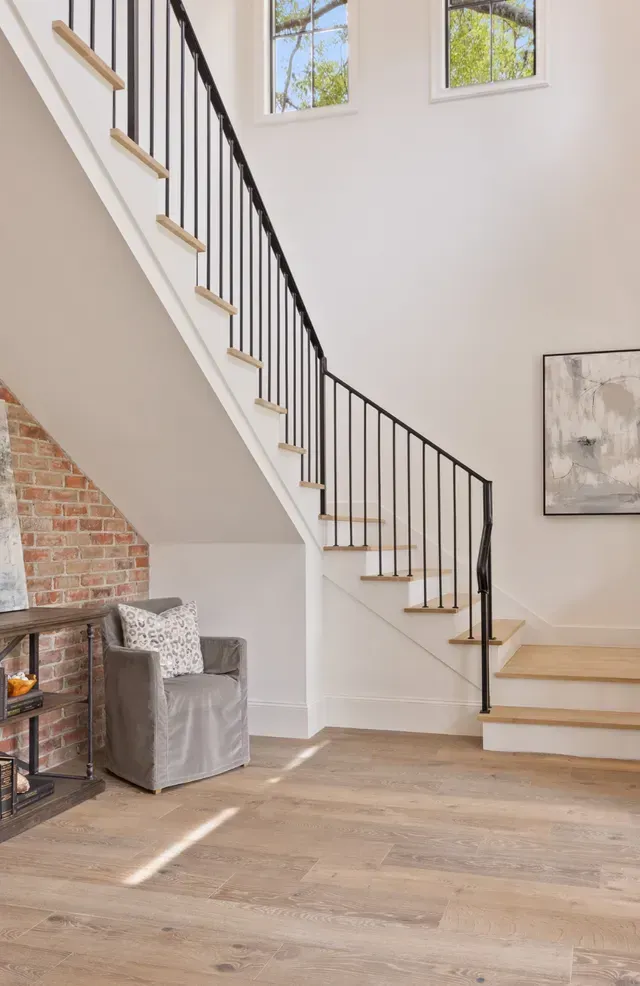
Phone: +1 713-304-5330
Address: 8588 Katy Fwy #450, Houston, TX 77024, United States


